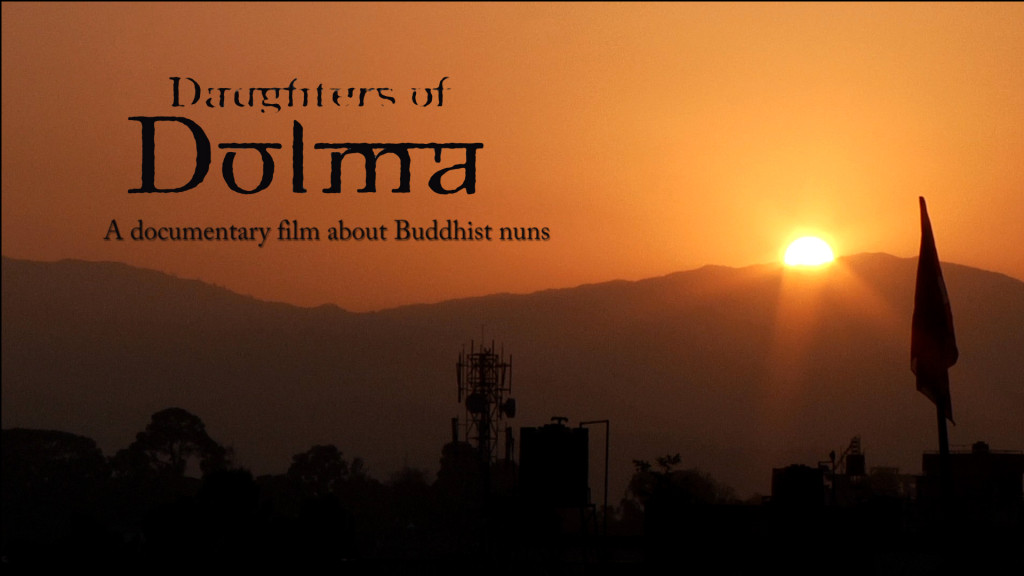Film Screening and Discussion

19:00 Sofia Gallery
The Team:
Nadezhda Buhova
Tenzin Dolma
Adam Miklos
Alexander Co
Patricia Durdikova
Robin Buitendijk
Katarzina Bylow
Stefan Salow
The Movie
About The Project
Daughters of Dolma takes you on a unique journey revealing a distinctively female experience of Tibetan Buddhism in the Kathmandu Valley. This feature-length documentary will bring to the screen not just Buddhist spirituality and qualities like compassion and kindness, but Tibetan Buddhist nuns as full individuals beyond their monastic vows and religious practices. Daughters of Dolma aims to reveal how gender and modernity are moulding contemporary spiritual practices in Nepal.
Our Mission
At the present, the majority of films about Tibetan Buddhism focus primarily on male practitioners, interpretation of practices and Buddhist philosophy. The few documentaries concentrated on Tibetan Buddhist nuns too delineate mostly their religious rituals and disciplines. Thus, the in-depth depiction of spirituality often crowds out the portrayal of nuns’ interests, insights, emotions, and non-spiritual activities. This incited our team consisting of six students from the University of St Andrews to make Daughters of Dolma- a documentary that peeks into how Buddhist philosophy is actually being lived out by contemporary female practitioners of various age groups, personalities and familial backgrounds. The goal of our film is to tell about the nuns reacting to modern influences, discussing the differing views among them, and the distinctions between the monastic generations. To achieve this, the team needed a first-hand exploration of these trends.
Daughters of Dolma as a journey into an ancient tradition
Daughters of Dolma is indeed the filmed narration of our expedition trip in Nepal in June 2011. We lived among Tibetan Buddhist nuns for a month not simply filming their daily practices, but interacting with them. Karma Ngoedhon Osal Choekhorling and Karma Samte Ling Nunneries are the two Nepali nunneries caught by our camera and explored in the context our overarching themes of interest – age, modernity, journey, and gender issues.
With the nuns of Karma Ngoedhon Osal Choekhorling, (aged 10 – 66), we delved into the issues of modernity. On the hills of Hasantar, the team asked nuns at different age about the choice of becoming a nun and its repercussions, the idea of “gender equality” in the Tibetan Buddhist tradition, and the role of modern technologies and concepts in their spiritual lives. To enrich our insights on monasticism and spirituality, we also met with and interviewed some of the nuns’ parents and close relatives.
We captured more peculiarities about the youngest generation of female practitioners among the nuns in Karma Samte Ling Nunnery (age 4-21). This rather secluded nunnery provides the young nuns with a peculiar curricula consisting of daily rituals along with studies of Science, Math, Social Studies, Tibetan, Nepali and English. These nuns captivated our hearts with their diligence, responsibility and children’s charm and artistic abilities. These two distinctly different nunneries allowed us to film a unique perspective on Tibetan Buddhist monasticism as a particularly female vocation.


